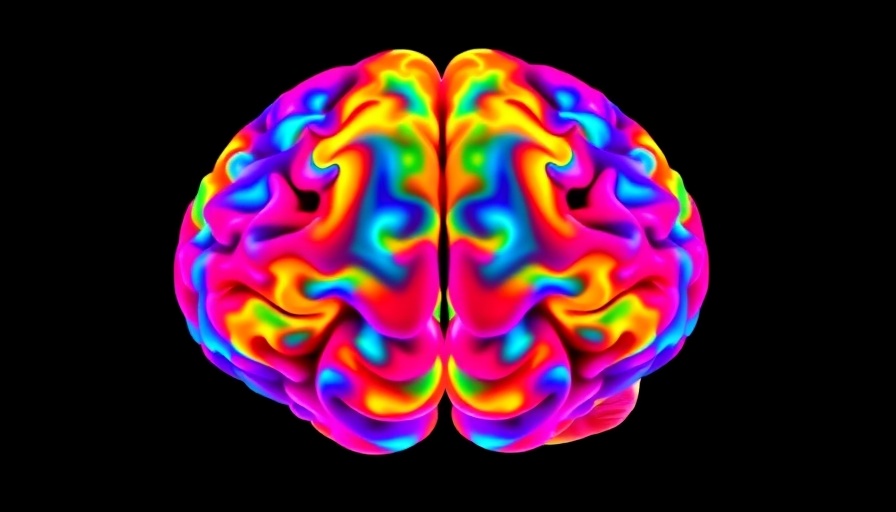
Understanding the Split: Left Brain vs. Right Brain
In a world often defined by dichotomies, the concept of 'left brain' versus 'right brain' is particularly intriguing. The left hemisphere of our brains is traditionally associated with logical, analytical thinking, while the right hemisphere is believed to govern creativity and emotion. The implications of this theory have carved out a cultural narrative that influences how we view intelligence, creativity, and learning styles.
In 'Left Brain vs. Right Brain', the discussion dives into how our differing cognitive styles shape our lives and interactions, exploring key insights that sparked deeper analysis on our end.
How Brain Dominance Shapes Our Daily Lives
This division of brain function can impact various aspects of our lives, from the professions we choose to how we connect with others. For instance, left-brained individuals may excel in fields such as law, mathematics, or science, where critical thinking and structured approaches are paramount. Conversely, right-brained thinkers might be drawn to creative careers in art, writing, or music, activities that flourish on intuition and expression.
Bridging the Gap: The Importance of Both Sides
However, it's crucial to recognize that most people do not fit neatly into these categories. Successful individuals often integrate the strengths of both hemispheres. In many professions, creative problem-solving is key, merging analytical skills with innovative thinking to push boundaries and foster progress.
Misconceptions About Brain Function
Despite its popularity, the left-brain/right-brain theory has faced significant scrutiny. Critics argue that labeling people based on this theory oversimplifies complex human behaviors and cognitive functions. Neuroscientists now understand that the brain works more as a network rather than in distinct, isolated parts. The interaction between the hemispheres is vital for overall cognitive function, meaning that true intelligence is multi-faceted and not confined to just one side of the brain.
The Role of Gender and Age in Cognitive Styles
Interestingly, societal expectations can influence how we perceive our inclinations toward creativity or logic. Evidence suggests that women, traditionally seen as more 'right-brain,' are just as capable of logical, analytical thought as men, who are more often associated with left-brain dominance. Moreover, as we age, our cognitive flexibility can change, necessitating that we cultivate skills from both hemispheres throughout our lives.
Applications in Everyday Life: Finding Balance
Understanding how our brains work can empower us to better grasp our own behaviors and preferences. Whether it's enhancing workplace collaboration, refining parenting techniques, or simply improving personal relationships, knowing your cognitive style can pave the way for improved communication and understanding. For instance, someone with a strong analytical side may struggle to communicate effectively with more emotionally driven individuals. Acknowledging these differences can foster patience and creativity when collaborating.
Future Predictions: The Evolving Understanding of the Brain
As neuroscience evolves, so too does our understanding of how we think, learn, and create. Future research may unveil even more about how our brains function collectively, leading to more sophisticated frameworks for personal and professional development. The call for a balanced approach will echo in education, workplace training, and personal growth, urging all individuals to draw from both sides to enhance all areas of life.
Empowering Yourself Through Knowledge
By examining this traditional binary of left versus right brain, individuals can gain insights not just into their cognitive styles but also into the dynamics of their relationships. Embracing both the analytical and the creative equips us to tackle challenges with a more versatile approach. As we engage with the world around us, let's aim to draw from the rich resources that both hemispheres provide.
 Add Row
Add Row  Add
Add 




Write A Comment